In a pair of new ads, Samsung pokes fun at how its flagship Galaxy S21 Ultra will outperform the iPhone 12 Pro Max's photography capabilities. First with regard to zoom, then in the number of megapixels. But the wise know that such a comparison of forces may not be appropriate. Samsung opens both ads with the slogan "Upgrading your smartphone shouldn't be a downgrade." The first one is called Space Zoom and is about taking pictures of the moon. Both devices here photograph the moon in total darkness, with the iPhone 12 Pro Max able to zoom in 12x, the Samsung Galaxy S21 Ultra 100x. The result clearly favors rival Apple, but…
In both cases, of course, this is a digital zoom. The Apple iPhone 12 Pro Max offers 2,5x optical zoom, while the Samsung Galaxy S21 Ultra offers 108x with its 3MP camera, but it also has a 10x periscope camera. Anything after that is done only by cropping a cropped crop from the image. Both results will then be worth the old money. Whatever you photograph, try to avoid digital zoom as much as possible, as this will only degrade the result. Regardless of which smartphone you use.
It could be interest you
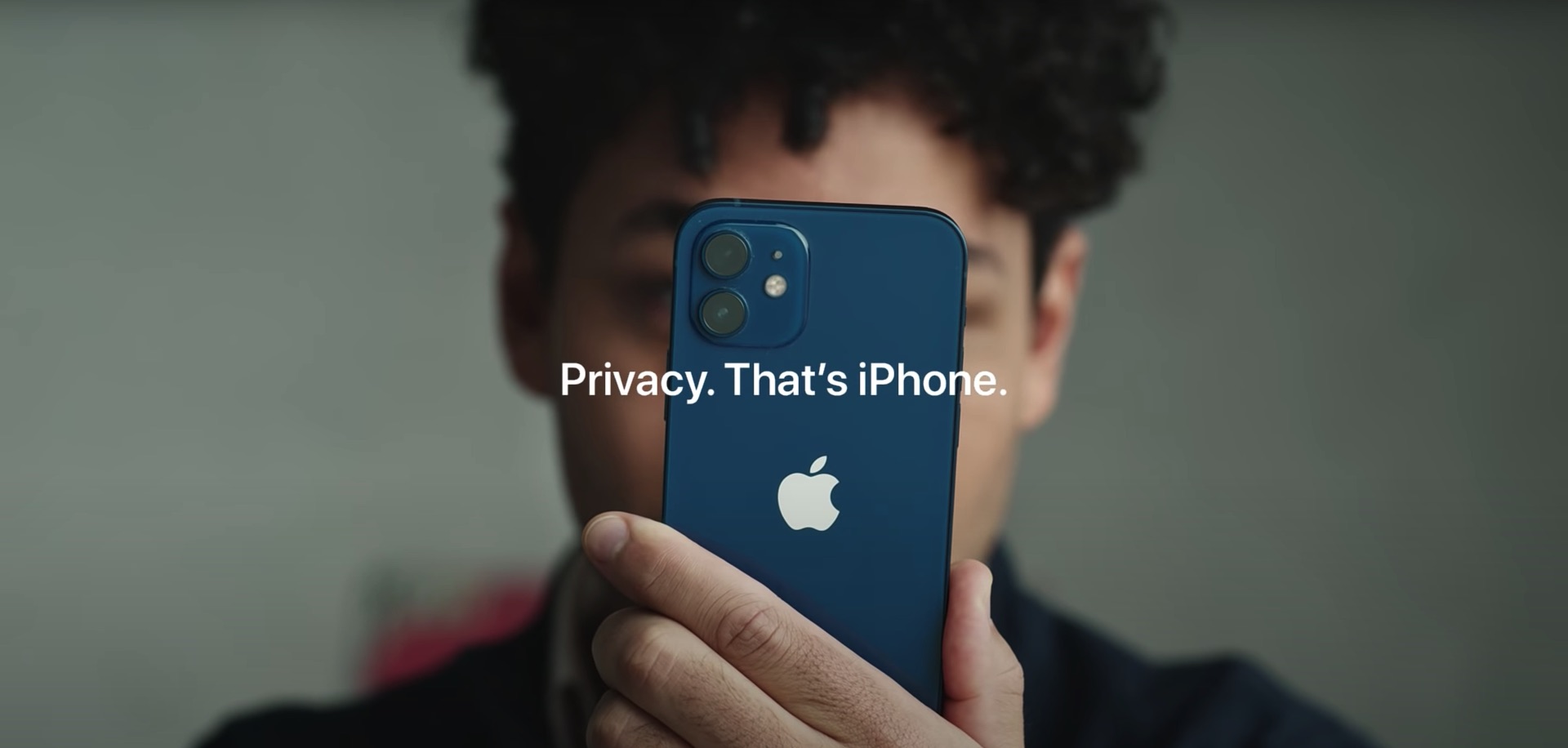
Not 108 Mpx like 108 Mpx
The second ad then shows a photograph of a hamburger. Simply called 108MP, it refers to the resolution of the Galaxy S108 Ultra's 21MP main camera, comparing it to the 12MP of the iPhone 12 Pro Max. The ad mentions that a photo taken with more megapixels will allow you to see really sharp details, while a photo taken with an iPhone will not.
But consider the size of the chip, which will provide such a huge number of pixels as Samsung. As a result, this means that one pixel has a size of 0,8 µm. In the case of the iPhone 12 Pro Max, Apple went the way of keeping the number of pixels, which will increase even more with the chip itself. The result is a 1,7 µm pixel. The iPhone's pixel size is thus more than twice as large as the Samsung's. And this is the way, not the pursuit of the number of megapixels.
However, Samsung offers pixel binning technology, i.e. combining pixels into one. Simply put, the Samsung Galaxy S21 Ultra combines 9 pixels into one. This pixel merging combines data from several small pixels on the image sensor into one larger virtual pixel. The advantage should be greater adaptation of the image sensor to different conditions. This is really useful in low light situations where large pixels are better at keeping image noise at bay. But…
It could be interest you
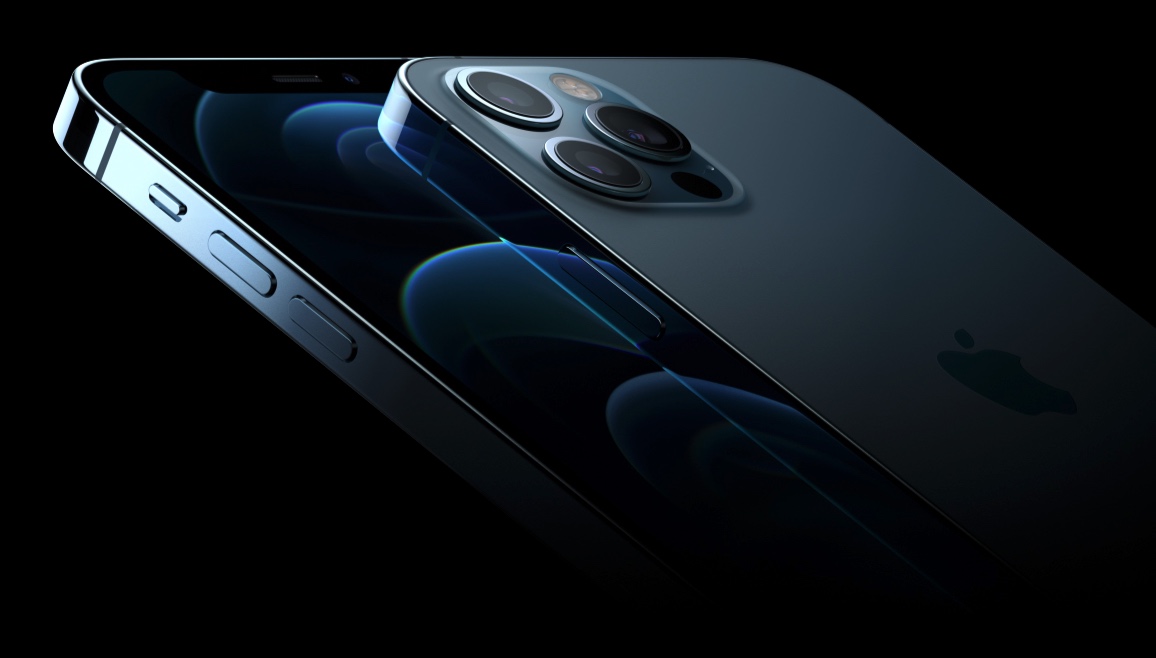
DXOMARK is clear
What else to refer to, than the renowned test (not only) of the photographic qualities of mobile phones DxOMark, to "blow up" our dispute. Who else can give an unbiased opinion, who is not a fan of either brand and tests each machine according to clear specifications. The iPhone 12 Pro Max model takes 130th place in it with 7 points (the model without the Max moniker is right behind it). The Samsung Galaxy S21 Ultra 5G with a Snapdragon chip is in shared 123th place with 14 points, the one with an Exynos chip with 121 points even in shared 18th place.
It could be interest you
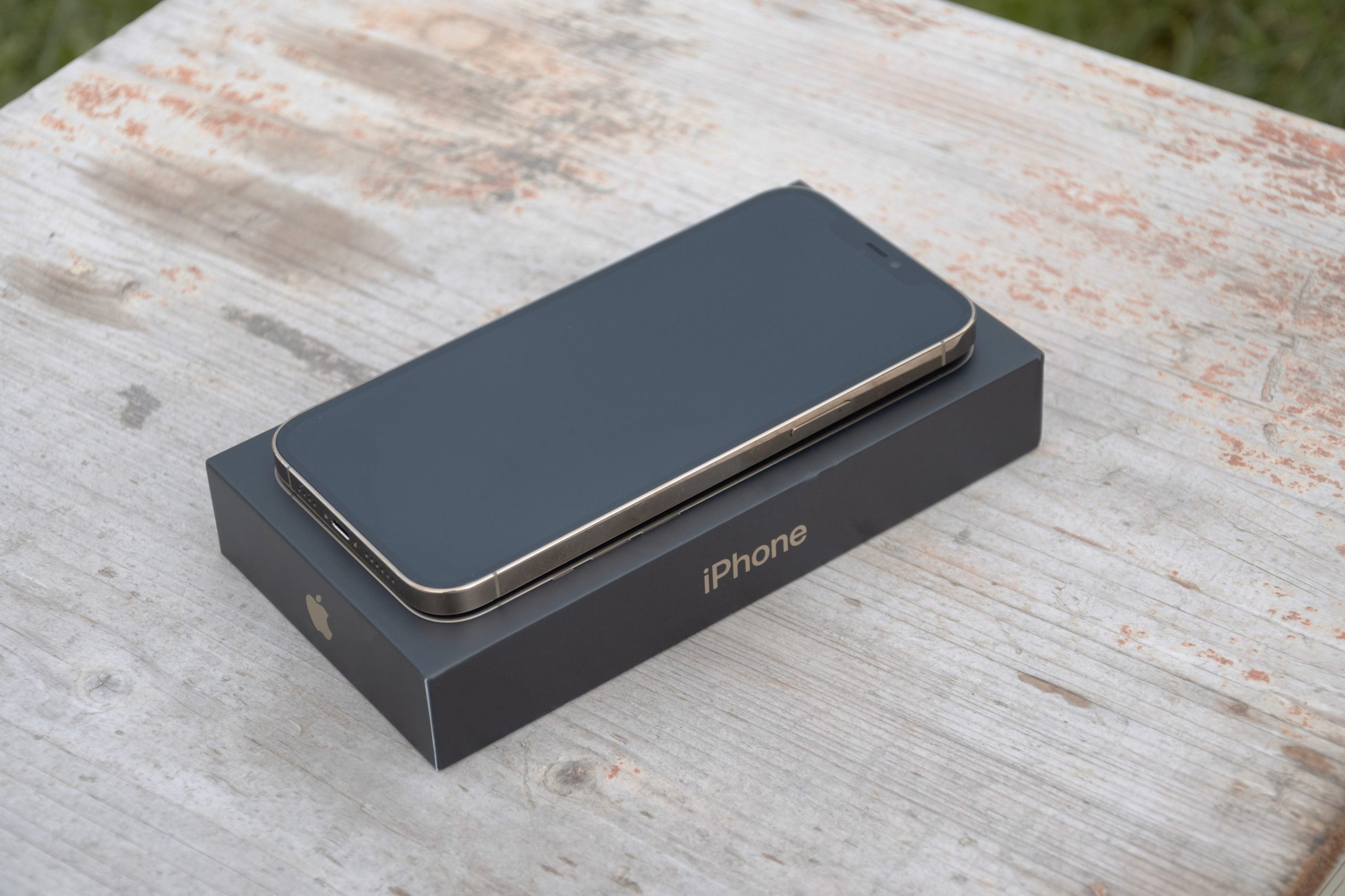
The fact that it was overtaken not only by the iPhone 11 Pro Max, but also by the previous model from Samsung's own Galaxy S20 Ultra 5G, also testifies to the fact that Samsung's novelty was not very successful in terms of photography. So it is advisable not to jump on the bandwagon of anyone who tries to attack with sensational marketing tricks. We don't blame Samsung for this strategy. The ads are intended only for the American market, because they would not succeed on the European market due to local legislation.
 Adam Kos
Adam Kos 
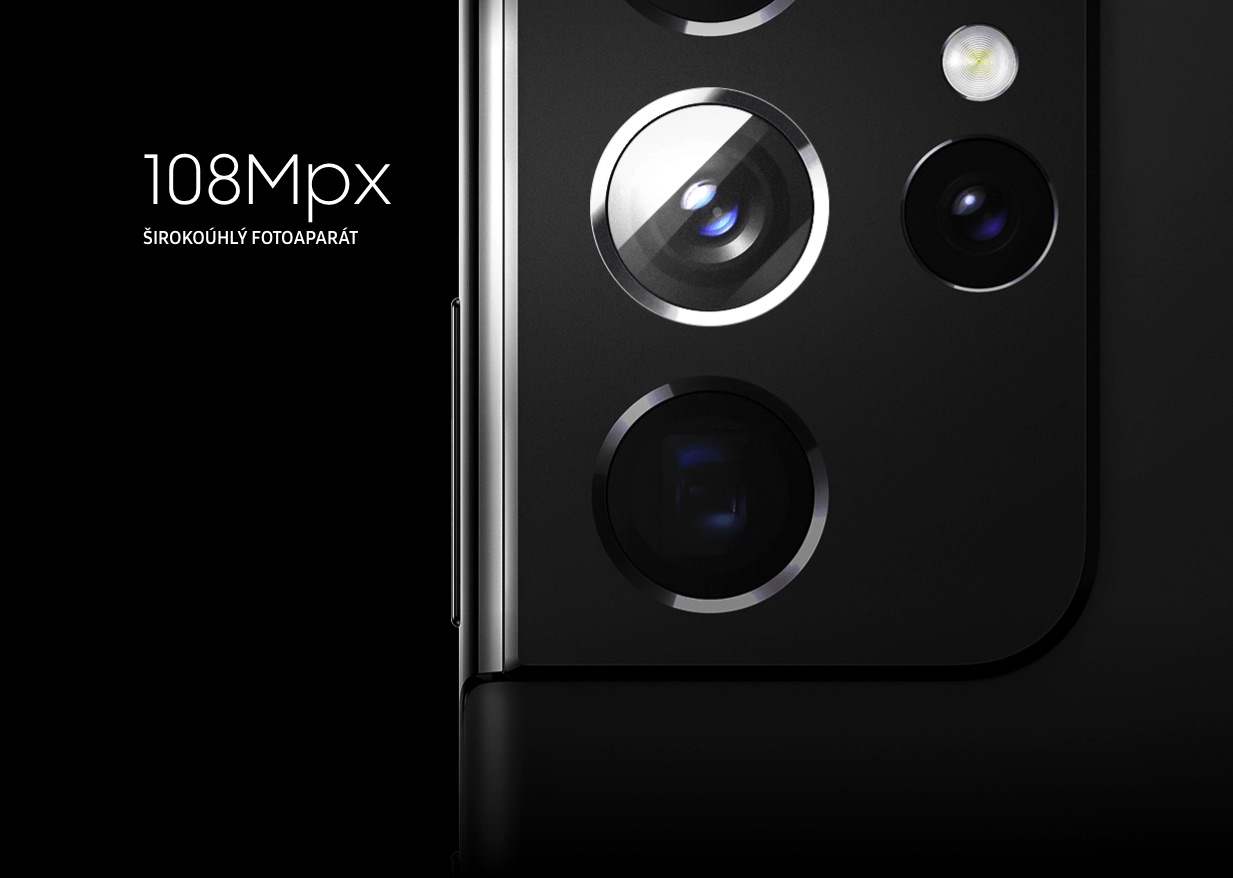

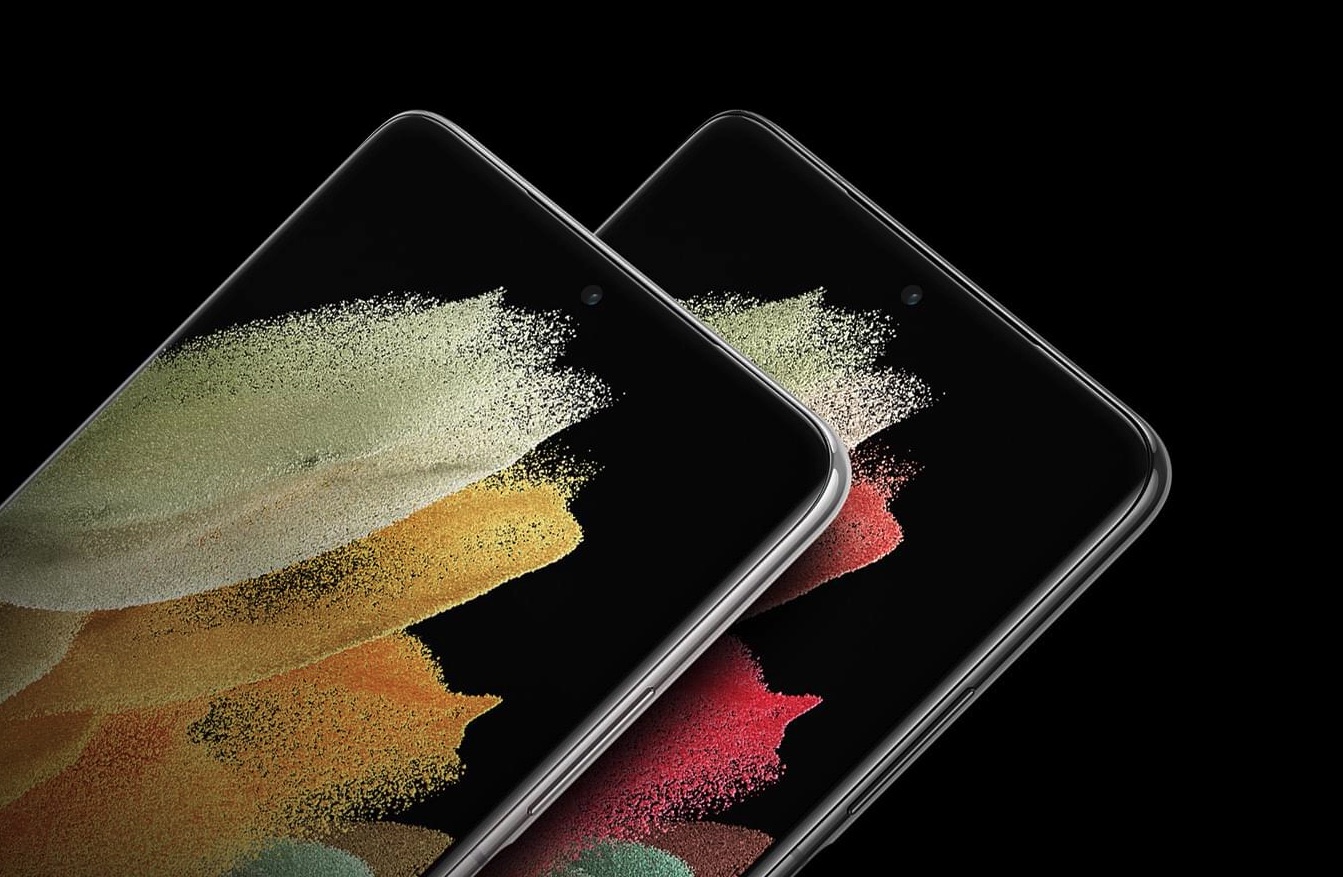
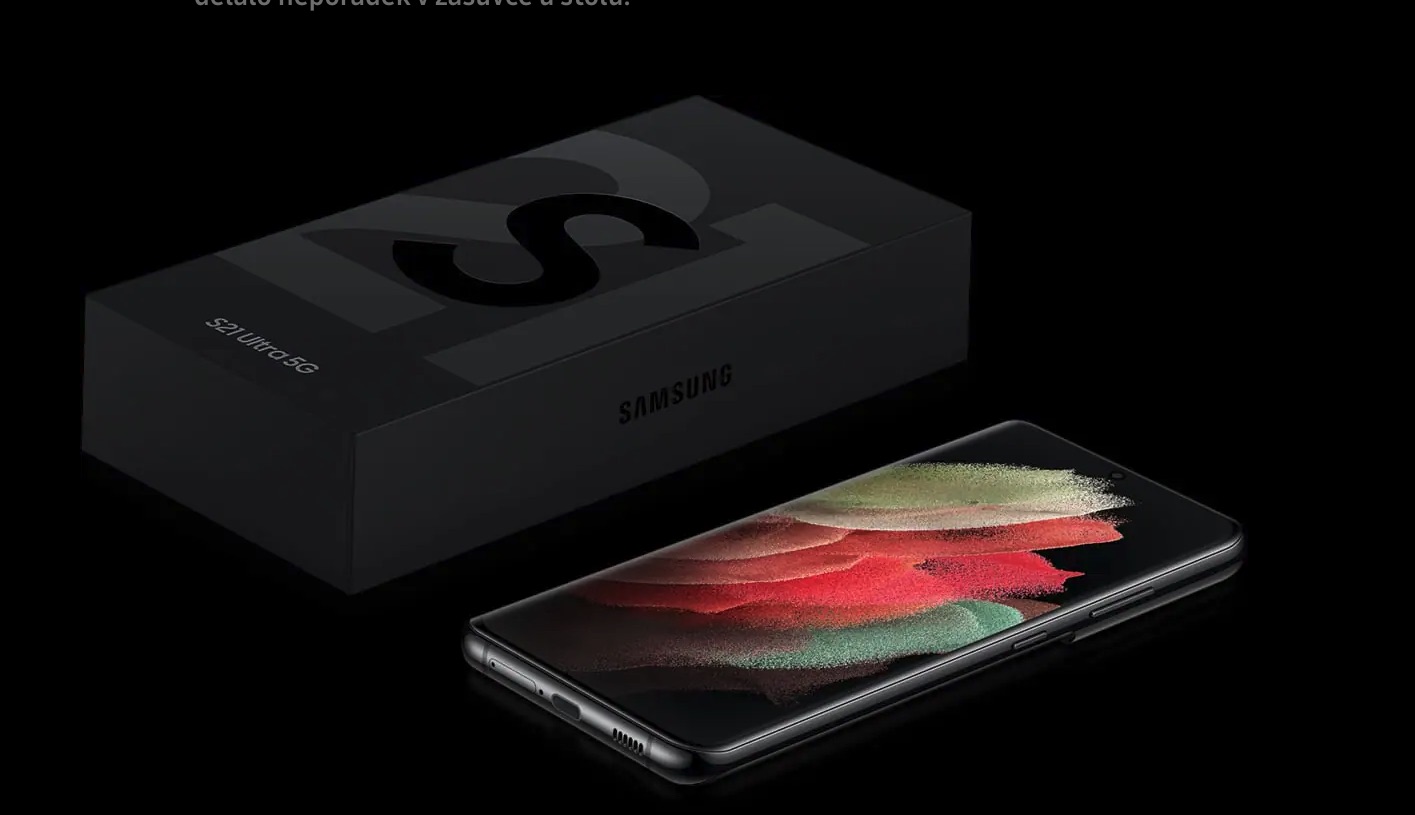
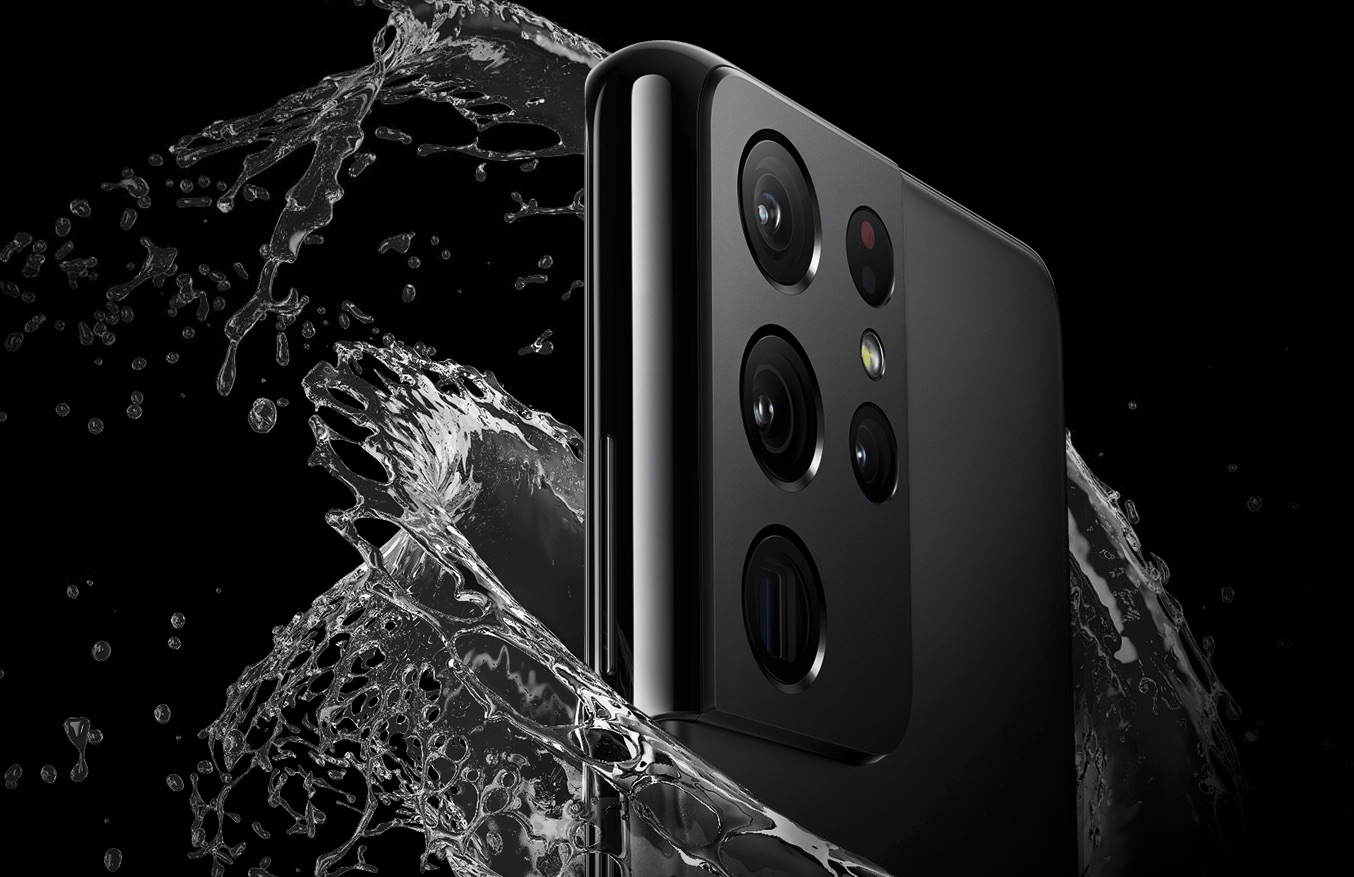
I really enjoyed the article. I recommend reading something about the DXO rating. Which does not at all focus on the maximum of what the phone can do, but only on its bottles in which it takes photos. I must have said that it didn't make it to the 10x zoom test because I'm testing 8x. I own both phones. I got an S21 ultra and an iPhone as a gift and I'm selling it. But out of curiosity I compared them. Especially those cameras. Getting into a Ferrari and driving around the village won't be much fun either. :) so the DXO testing methodology is very misleading. For 2 years, I first test and then evaluate.